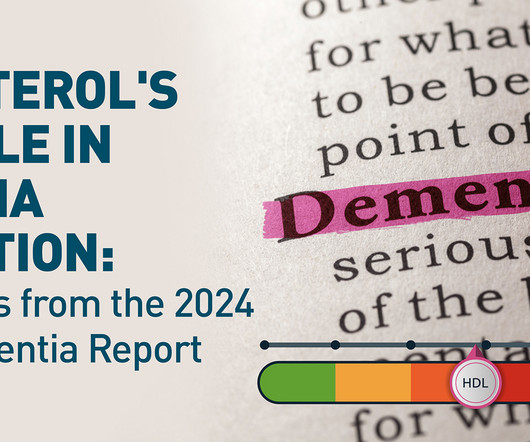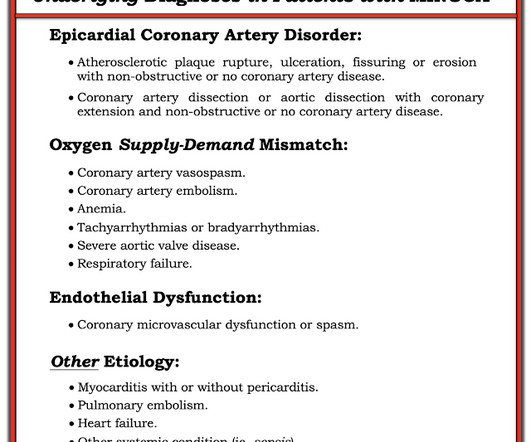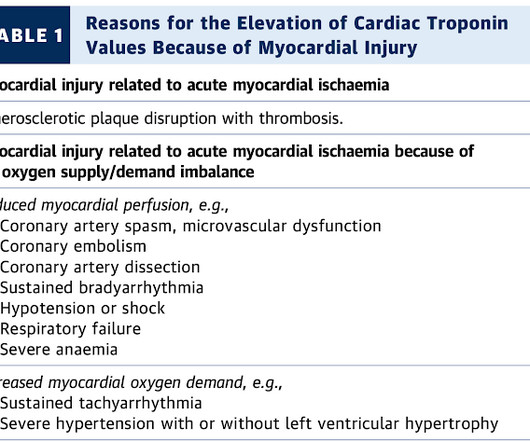Atherosclerotic Plaque Erosion: Mechanisms, Clinical Implications, and potential therapeutic Strategies – a review
Journal of Cardiovascular Pharmacology
FEBRUARY 28, 2024
Atherosclerosis is an insidious and progressive inflammatory disease characterized by the formation of lipid-laden plaques within the intima of arterial walls with potentially devastating consequences. However, despite a heterogenous substrate underlying coronary thrombosis, treatment remains identical.











Let's personalize your content